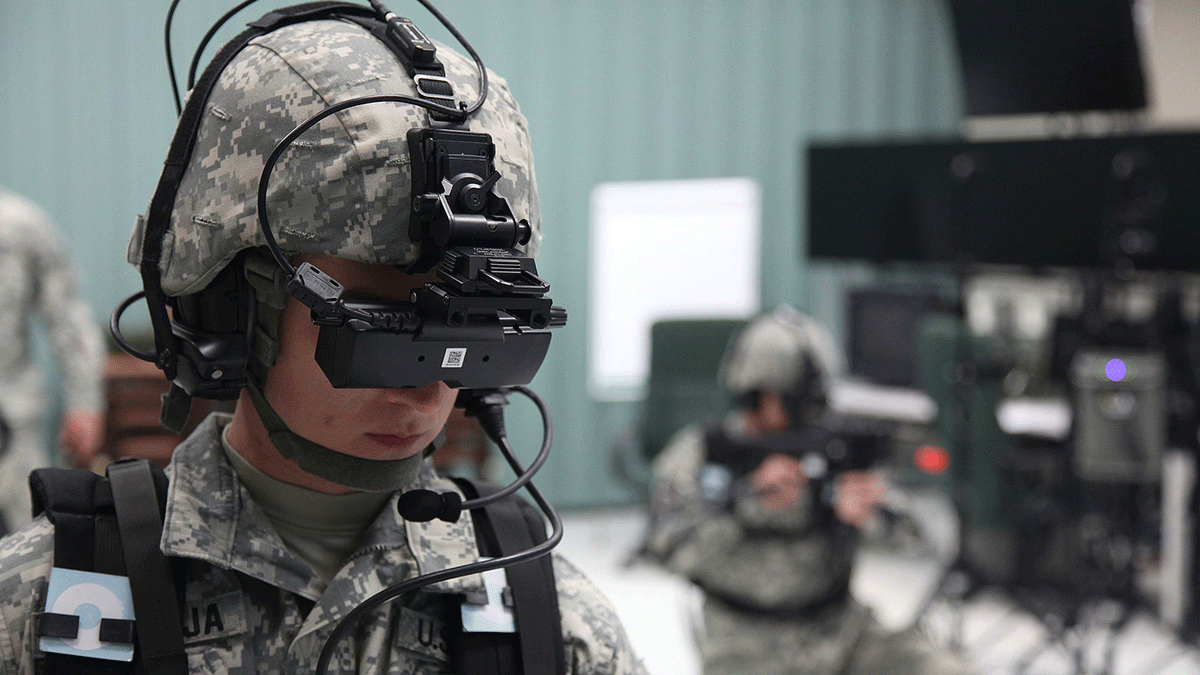Everything You Need To Know About Eye Movement Desensitization And Reprocessing; The New Type Of Psychotherapy
Eye Movement Desensitization and Reprocessing (EMDR) is quickly gaining prominence as a successful form of psychotherapy in which bilateral stimulation (such as eye movements) is used to help individuals cope with traumatic memories and emotions. These are traumas that the individual has experienced in the past as well as difficulties that they are experiencing in the present. Over the course of multiple therapeutic sessions, a licensed therapist guides the client through a total of eight phases, which culminates in the individual who underwent treatment being able to assess the progress they have made during the course of their EMDR sessions.
EMDR Was Originally Developed In the 1980s

Dr. Francine Shapiro is the original developer of Eye Movement Desensitization and Reprocessing (EMR). Starting in the late 1980s, Dr. Shapiro designed a method for treating clients who had experienced traumatic events. Essentially, treatment was targeted toward those who were experiencing symptoms of post-traumatic stress disorder (PTSD). Other therapists learned of Dr. Shapiro's technique and began training. Dr. Shapiro has personally trained many clinicians. Since its inception, over 10,000 therapists have been trained to use EMDR with their clients. Additionally, Dr. Shapiro founded a non-profit called Trauma Recovery EMDR Humanitarian Assistance Programs, which provides aid to those who have survived major disasters.
Adaptive Information Processing

In order to understand what EMDR is, it is crucial to know about its core principle, adaptive information processing (AIP). This model postulates that memories of traumatic experiences are embedded into the brain's neurological pathways. Because this information gets permanently lodged in the memory, there are often negative associations drawn between the emotions of the event and images or symbols that remind the person of the trauma they experienced. The goal of EMDR is to incorporate an adaptive feature for more positively dealing with the trauma and its associated triggers. This is done with the use of , which is administered by a trained clinician.
Bilateral Stimulation

EMDR is two-fold in its approach. While the therapist engages the client in a series of lateral eye movements involving back-and-forth motions, the client is asked to call to mind the trauma from their past. This can involve recalling an actual memory or bringing to mind an object or symbol that is inherently linked to the traumatic event in the client’s mind. Together, this is referred to as bilateral stimulation. Therapists can also engage clients in other forms of bilateral stimulation, including a tapping tool used on the back of the client's hand or the use of headphones that play music geared specifically for EMDR.
EMDR Can Be Used to Treat Many Disorders

EMDR has been shown to be effective at treating more than just PTSD, although that was what EMDR was originally developed to help treat. Of course, it is entirely possible for individuals to have traumatic memories without developing symptoms of PTSD. In fact, there have been studies to back anecdotal evidence that EMDR can successfully treat symptoms of disorders and issues such as Borderline Personality Disorder, eating disorders, anxiety disorders, depression, fears and phobias, unrealistic feelings of guilt and shame, relationship issues, and difficulty trusting others. EMDR has also been used with those with addictions as well as individuals who are on the autism spectrum.
EMDR Has a Similar Impact as Cognitive Behavioral Therapy

EMDR is Not Traditional Exposure Therapy

EMDR has frequently been confused with traditional exposure therapy. While the two methods both target an individual’s cause of fear or anxiety, the approaches to doing so are vastly different. Unlike EMDR, exposure therapy is primarily based on the Pavlovian concept of respondent (or classical) conditioning, which involves the individual learning an entirely new behavior based upon associations. In other words, a therapist will exposure a client to a feared or disliked stimulus in order to reduce fear, thereby breaking the chain of anxiety. Exposure therapy is considered a form of CBT. EMDR is more focused on how traumatic memories get processed and can be reprocessed through therapy.
EMDR Has Been Used to Treat Children and Adolescents

While EMDR is primarily used in adult clients, it has also been used with children and adolescents. EMDR has shown to be effective with children who are dealing with a wide array of symptoms of emotional trauma, including a fear of death, anger, sorrow and grief, hopelessness, and anxiety or panic. Children with various forms of autism have also experienced successful EMDR treatments. EMDR is one of the most highly-recommended forms of treatment for children with PTSD. In fact, the World Health Organization (WHO) and California Evidence Based-Clearinghouse for Child Welfare strongly recommend that children and adolescents with PTSD undergo EMDR with a well-trained therapist.
EMDR Sessions

EMDR sessions normally last for anywhere from an hour to an hour-and-a-half, which is the typical duration of any therapy session. During the first session or two, the therapist will go over the client's psychological history and what EMDR might be able to do to help the individual work through their past traumas. The client is welcome to ask questions and voice their concerns. The therapist typically lays out the EMDR format for the client, explaining that EMDR is an eight-phase process that can take eight or more sessions, depending on how things progress. If the client feels uncomfortable with EMDR, they are free to opt out of this treatment.
EMDR's Eight Phases

EMDR is divided into a total of eight phases; these eight phases are broken down into the following format: Phase 1: History and Treatment Planning (1-2 sessions), Phase 2: Preparation (1-4 sessions), Phase 3: Assessment, Phase 4: Desensitization, Phase 5: Installation, Phase 6: Body Scan, Phase 7: Closure, and Phase 8: Reevaluation. The speed at which an individual moves through these phases is dependent upon the intensity of the trauma, the duration of trauma, and whether or not the individual seeking treatment has a solid network of support at home. A client may choose to end treatment at any point during this process.
Planning, Preparation, and Assessment

After the therapist and client agree that EMDR is the best treatment method, they launch into preparations, which involves building trust between the client and therapist as the EMDR theory is explained and the client is taught some helpful relaxation tools, such as visualization.
Assessment involves calling the targeted event to mind and verbalizing the thoughts and emotions that are associated with it, such as "Everyone will leave me." The client is then asked to rate how valid these thoughts are and how intense the associated feelings are. During Desensitization, the client starts to identify multiple associations linked to the traumatic event.
Installation, Desensitization, and Body Scan

Installation involves taking the thoughts and feelings that were reprocessed during Desensitization and installing healthier ones. For example, a person who has previously been traumatized by the sudden loss of or abandonment by a loved one should be able to confidently and honestly say something along the lines of "I am loved." The client is then asked to rate their thoughts and emotions again. Once they reach a Level 7 self-statement, they proceed to Body Scan, which involves paying attention to differences in physical responses to the traumatic stimuli. The goal is for the client to feel physically calm and relaxed.
Closure and Reevaluation

Closure should ideally occur at the end of each session, as the therapist engages the client as to how they are feeling. The client should feel better at the end of the session than they did at the beginning, although this might not always be the case. If the client reports that they do not feel better, another session of the same phase might be in order. In that case, the therapist will suggest that they try this phase again in their next meeting. It is also important for a therapist to gauge how the client is feeling outside of each session. Once closure is achieved, the client and therapist reevaluate to ensure that the client is continuing to experience positive results.
Critiques of EMDR

EMDR is not without its opponents. There have been claims from the scientific community that EMDR is not as effective as its proponents (namely, Dr. Shapiro) claim. Shapiro was directly critiqued for the cost and duration of training sessions with new EMDR practitioners. Additionally, criticism continues to hammer out the idea that EMDR is no more effective than CBT or exposure therapy and that EMDR should not be hailed as a magic cure for PTSD. Many claim that evidence in favor of EMDR relies too heavily upon anecdotal evidence and flawed studies that do not depict results with enough statistical accuracy.